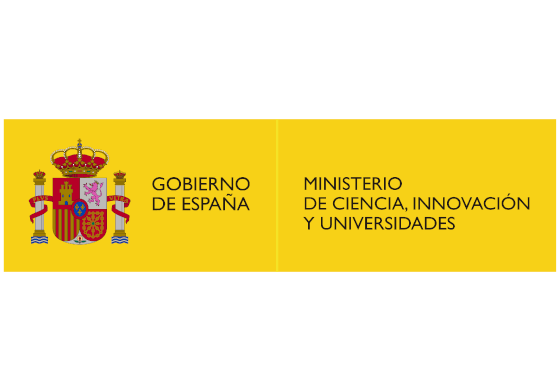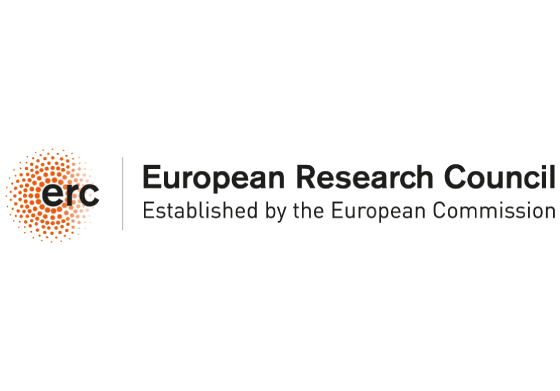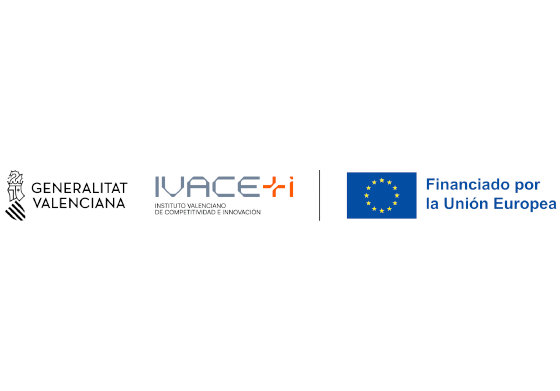Where: Aula TD1022AA de la Escuela de Tecnología y Ciencias Experimentales
Presented by: Iván Mora Seró
In the last years, tin halide perovskites have earned their place in the photovoltaic research community
owing to their lower bandgap and reduced toxicity in comparison to lead analogues.[1] Nevertheless,
they are easily oxidized and present limited processability. Intensive research on them allowed
obtaining relatively stable devices with efficiencies exceeding 13%, but with the combination of up to
4 different antioxidants or 2D materials.[2] Now the field is at a crossroads: we can keep pushing on
the current, state-of-the-art but restricted strategy of multi-additive engineering within DMSO
solutions on PEDOT:PSS-based p-i-n devices, or we can define brand new ways through the
understanding of the chemistry of these materials.
First, we found by NMR that DMSO, the main solvent used for tin halide perovskites, was a main source
of the oxidation of Sn(II).[3] We then screened over 80 solvents in order to find suitable substitutes to
DMSO. After a strategic combination of solvents of different chemical nature, we were able to
fabricate a highly reproducible, additive-free, >6% efficient DEF:DMPU-based tin halide perovskite
solar cell.[4] We recently studied the dependence of the precursor solution properties on the solvent
nature, finding the factors governing the crystallization process. In addition, we now understand the
fundamental mechanism behind SnF2, the predominant additive in tin-based perovskites, by looking
at the solution chemistry of these species.[5] Overall, these works provide a comprehensive
understanding of the advantages of the current process, but also its limitations, and take the first step
on the search for improved protocols.










